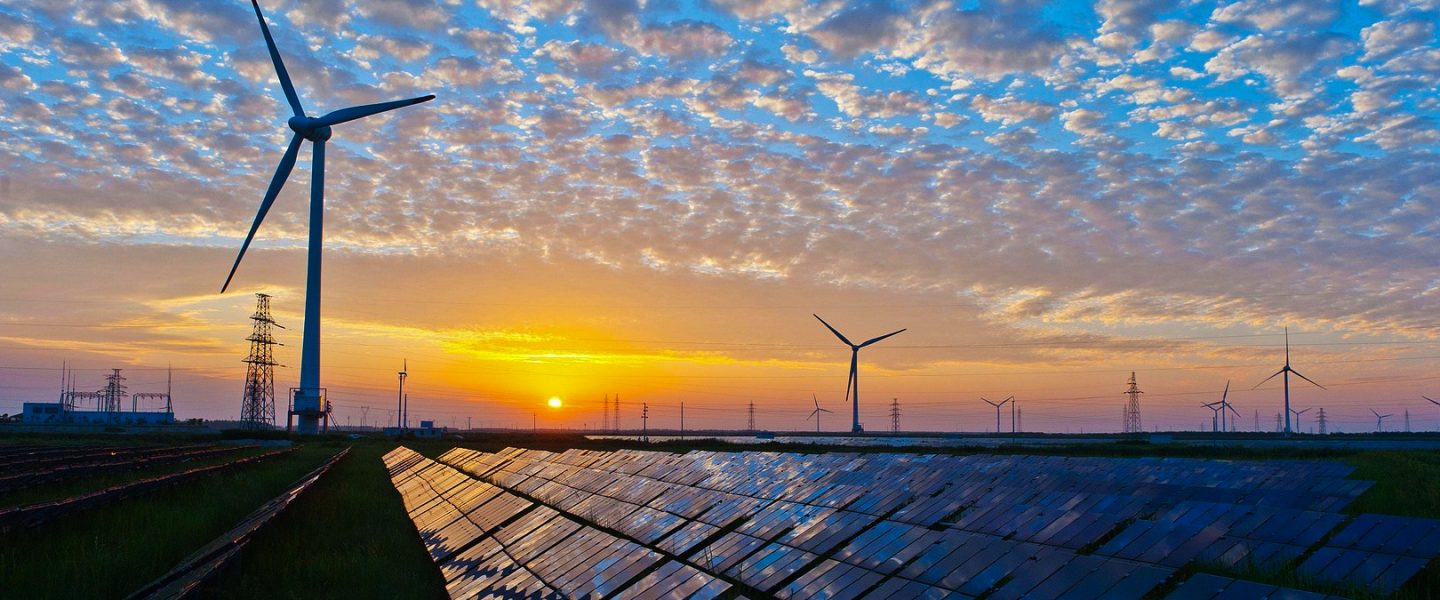By next year, the world’s total renewable electricity capacity is projected to equal the combined total power output of China and the United States.
|
Listen To This Story
|
One benefit of higher fossil fuel prices and increasing energy security concerns is that individuals, businesses, and countries are investing in renewable power capacities like never before. As a result, by next year, the world’s total renewable electricity capacity will equal the combined total power output of China and the United States, according to a report the International Energy Agency (IEA) released today.
“Solar and wind are leading the rapid expansion of the new global energy economy,” said IEA Executive Director Fatih Birol. “This year, the world is set to add a record-breaking amount of renewables to electricity systems — more than the total power capacity of Germany and Spain combined.”
While China, which accounts for more than half of the added renewable power across the globe this year and next, is the driving force behind the increase, the other major markets are also stepping up.
In Europe, Russia’s invasion of Ukraine has expedited the development of new alternative energy capacities. As European countries are trying to minimize their reliance on Russian oil and gas, they are increasingly relying on solar and wind power.
According to the IEA report, this has decreased the average wholesale price of electricity in the European Union by 8 percent last year.
“The global energy crisis has shown renewables are critical for making energy supplies not just cleaner but also more secure and affordable — and governments are responding with efforts to deploy them faster,” Birol said. “But achieving stronger growth means addressing some key challenges. Policies need to adapt to changing market conditions, and we need to upgrade and expand power grids to ensure we can take full advantage of solar and wind’s huge potential.”
In the United States, renewable energy capacity additions are expected to rebound this year following a challenging 2022 in which “restrictive trade measures and supply chain constraints” led to a contraction in the use of solar power plants, which are also known as photovoltaic (PV) power systems.
The passage of the Inflation Reduction Act plays a major role in the sustained growth of renewable energy in the US. According to the IEA, that legislation “will show its full effect after 2024, providing unprecedented certainty for renewable energy projects until 2032.”
The situation in India, another major market, is hampered by import tariffs that cause “short-term demand and supply mismatches.” However, both this year and next, the country’s renewable capacity additions are expected to increase again thanks to faster deployment of onshore wind, hydropower, and solar plants.
Globally, an expansion of solar power capacities is driving these increases.
“The expansion of large-scale solar PV plants is being accompanied by the growth of smaller systems,” the IEA report found. “Higher electricity prices are stimulating faster growth of rooftop solar PV, which is empowering consumers to slash their energy bills.”
In an encouraging sign in the fight against climate change, the IEA believes that, if current trends continue, “The world will have enough solar PV manufacturing capacity in 2030 to comfortably meet the level of annual demand envisaged in the IEA’s Net Zero Emissions by 2050 Scenario.”




